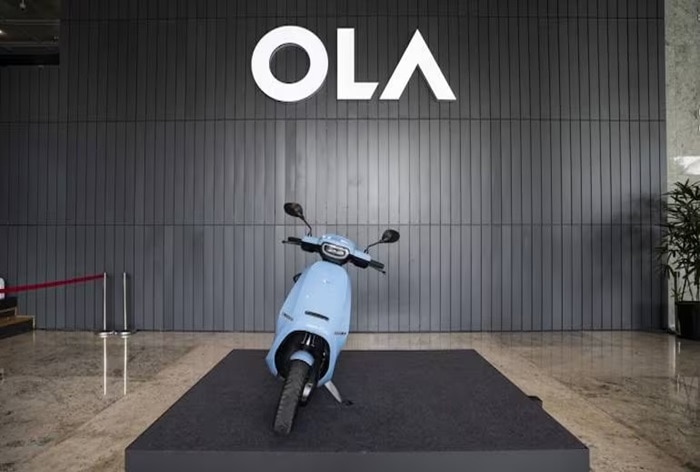Popular electric two-wheeler company Ola Electric has filed IPO draft papers with SEBI, marking the first instance by an auto company in 20 years since Bajaj Auto.
Ola Electric IPO: Popular electric two-wheeler company Ola Electric on Friday submitted the draft papers to the Securities and Exchange Board of India (SEBI) to initiate the process of an initial public offering (IPO). Ola’s proposed IPO includes fresh equity shares amounting to Rs 5,500 crore and an Offer for Sale (OFS) of 9.52 crore equity shares by promoters and investors. Before considering investment in the Ola Electric IPO, investors must know comprehensive details about the company. They should also know the risk factors highlighted by the DRHP.
Ola Electric IPO: Here are 10 major risk factors investors must know
- Ola Electric delivered its first electric scooter in 2021 and faced losses and negative cash flows till June this year. The company has a limited operating history.
- The company is heavily dependent on revenue from limited electric scooter models. If the sale of the scooters do not meet the target, then their business could be adversely affected.
- The company’s manufacturing and delivery could be affected by possible defects, quality issues, or disruptions in the supply chain.
- Notably, reducing and eliminating government subsidies, including FAME subsidy, Tamil Nadu govt subsidies, PLI schemes and GST concessions may raise the purchase cost, ultimately affecting the customer’s demand.
- Lack of public charging infrastructure can also affect electric vehicle demand.
- Potential international operations pose risks from unfavourable regulatory, political, currency, tax, and labour conditions, harming businesses, prospects, and financial conditions.
- Adherence to the Automotive Research Association of India’s motor vehicle standards is crucial; any failure to meet these standards may affect business operations.
- Ola has an internet-based distribution model which is different from traditional showroom distribution of automobiles. This also makes it challenging to evaluate the company’s business, operating results, and future prospects.
- The use of lithium-ion cells carries the risk of negative publicity of the company in case of fires or smoke. Incident like this can harm the brand and overall business.
- The importance of technology in operations and growth cannot be ignored. Any failure, such as bugs, vulnerabilities, or design defects, could cause delays in business operations and growth prospects.
Denial of responsibility! Todays Chronic is an automatic aggregator of the all world’s media. In each content, the hyperlink to the primary source is specified. All trademarks belong to their rightful owners, all materials to their authors. If you are the owner of the content and do not want us to publish your materials, please contact us by email – todayschronic.com. The content will be deleted within 24 hours.

